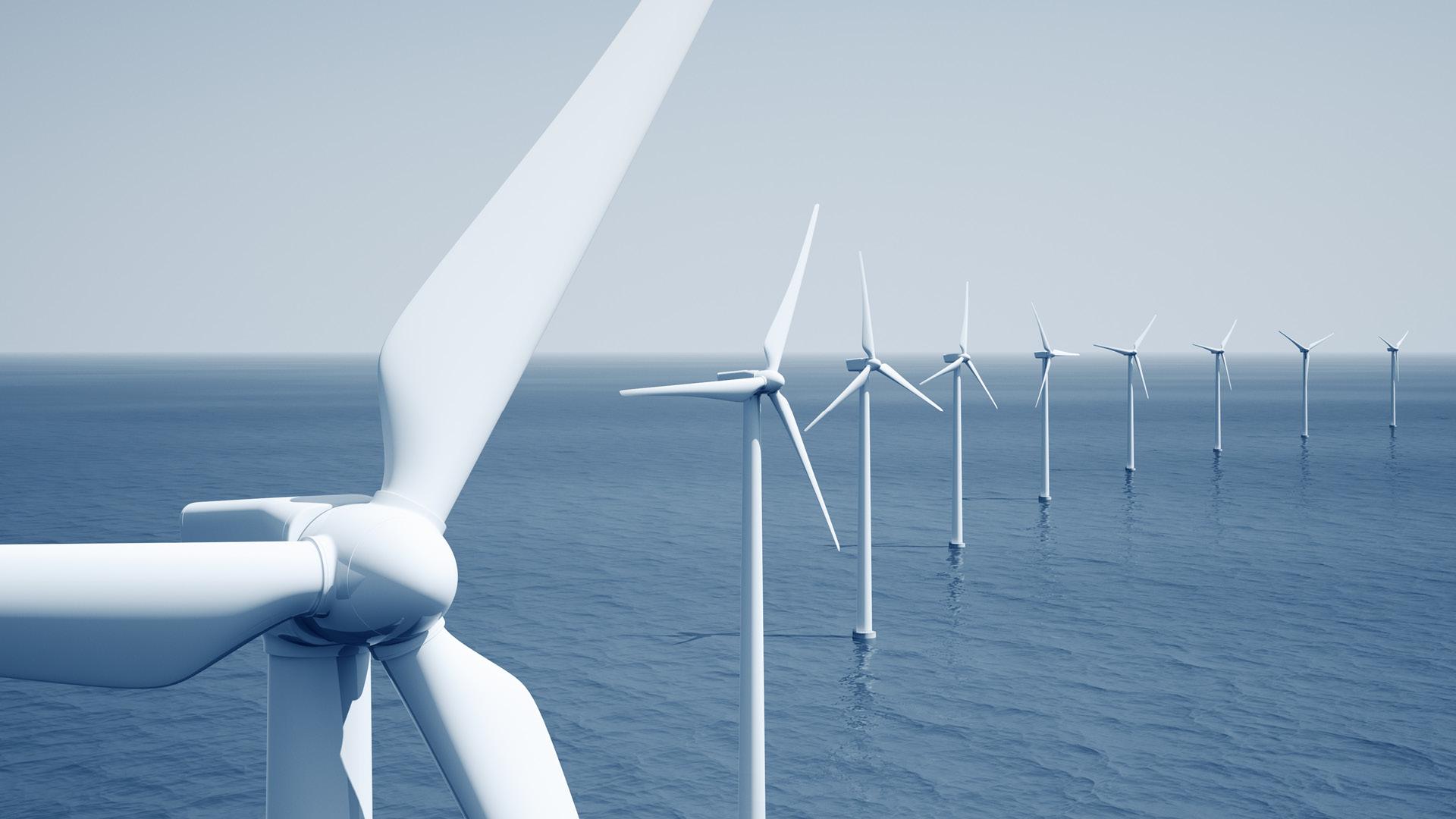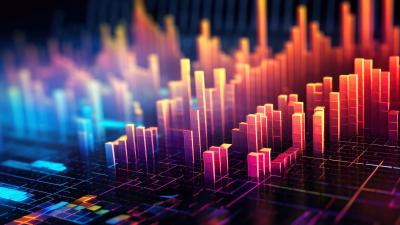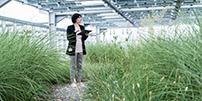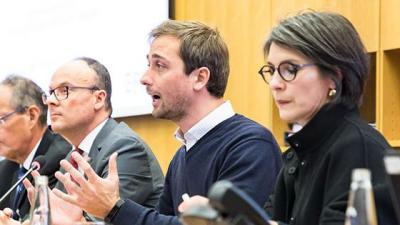https://www.epo.org/en/node/epo-publishes-new-patent-insight-report-offshore-wind-energy
EPO publishes new patent insight report on offshore wind energy
Image

Today, the European Patent Office (EPO) and the International Renewable Energy Agency (IRENA) have published a joint patent insight report on offshore wind energy.
The new report, which summarises the results of patent analyses in this field, found that about 17 000 offshore wind energy patent families were published between 2002 and 2022, at an average annual increase of 18%. While growth stagnated between 2014 and 2017, recent years have seen a sharp increase in filings.
Key findings within the field
Filing statistics:
- With 52% of all patent families, China is the top patenting country, followed by Republic of Korea (6%), Germany (5%), Japan (5%), the US (4%) and Denmark (4%).
- International patent families (IPFs), which exclude single domestic filings, account for 27% of all offshore wind energy patent families. Looking within this figure, 79% of Europe’s patent families are IPFs. The figure drops to 64% in the US and 4% in China.
- 67% of all offshore wind energy IPFs include at least one granted patent.
- For all granted European patents, 68% are still in force in at least one member state (10% above the average).
Main actors:
- Vestas, Siemens, General Electric, Mitsubishi Heavy Industries and Hitachi are the top IPF applicants. Looking only at filings within the last five years, RWE Renewables and Itrec have entered the top five.
- France has the highest number of patent families with international cooperation. The US has the most diverse cooperation picture, pairing with 24 countries in a total of 81 patent families. Germany cooperates with 15 countries in a total of 79 patent families.
- From 2017 onwards, Chinese applications are cited more, mostly by other Chinese applicants, and also by applications from Germany, Denmark and the US, indicating patent quality advancements.
- Until 2012, natural persons filed 50% of all patent applications, on a par with companies. The current figure has steeply reduced to 6%.
- From 2013 onwards, consolidation across patent applicants is observed: mergers and acquisitions lead to fewer applicants and far fewer natural persons as applicants. However, they file a similar number of patent applications that lead to the same grant rates, an indicator of patent quality.
Main technologies:
- Floating foundations lead in terms of IPFs (49%), followed by transportation, installation and erection (26%).
- Combining offshore wind and electrolysers is an emerging trend: IPFs doubled between 2020 and 2021, with signs the trend continued in 2022.












